Podcaster and journalist Anders Høeg Nissen and PhD in Interaction Design and editor of TechTruster Vanessa Julia Carpenter talk about the challenges and opportunities that AI and femtech present to women and healthcare providers in this episode of the podcast series called AI Denmark.
Listen in as Nissen and Carpenter talk about femtech, the health data gap, why we need femtech, and how AI can improve women’s health.
Missing women in clinical studies
As an example of why we need femtech, Carpenter mentions various examples of clinical studies where women are under-represented or absent. Using femtech to help gather large amounts of data on women’s health can be an effective foundation for future clinical trials that include women. One explanation of why women are under-represented in clinical studies could be that the functions of the female body is still taboo in many cultures. Carpenter, therefore, explains why we need to shed the taboos, starting with a term that may seem provocative to some and unclear to many who hear it for the first time.
Femtech for different life stages
The advantages of using femtech are relevant for women throughout their lives. Carpenter mentions various examples of femtech that can help women measure their periods, fertility, and pregnancies and measure and regulate post-partum symptoms, menopause, peri-menopause, and post-menopause symptoms. In fact, femtech can help all women monitor their heart health, something science knows disturbingly little about compared to men’s heart health.
In the healthcare sector, Carpenter mentions medical devices for women that offer more gentle testing and treatment and that AI can be an effective tool in, e.g., cervical cancer screening. For example, British Columbia in Canada and the Australian government offer at-home cervical cancer tests to their citizens.
An international view
Nissen and Carpenter also discuss how EU data privacy and AI regulations affect the development of data-protected femtech. Furthermore, they consider the challenges and opportunities of femtech in low and middle-income countries and future perspectives for using AI and femtech.
The podcast is available here.
A previous TechTruster article focused on how AI can empower women’s health. Read here.
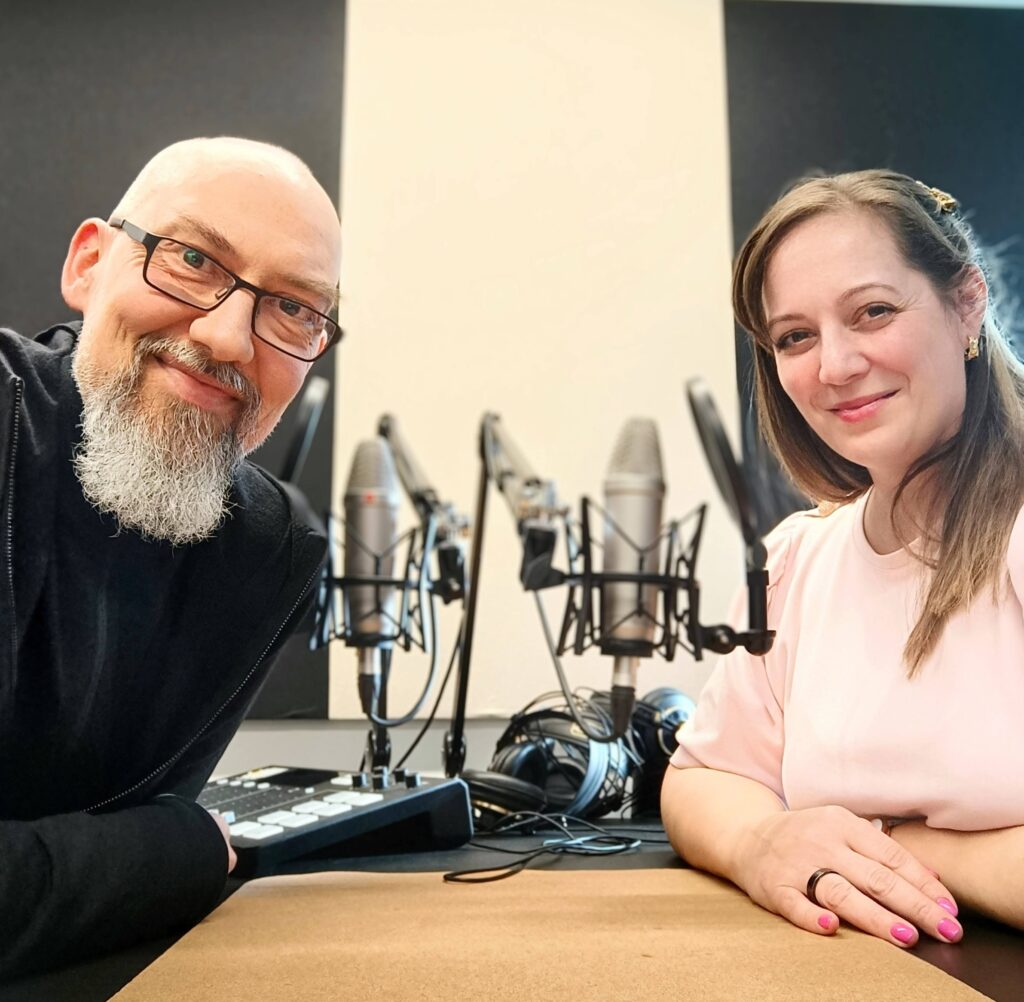

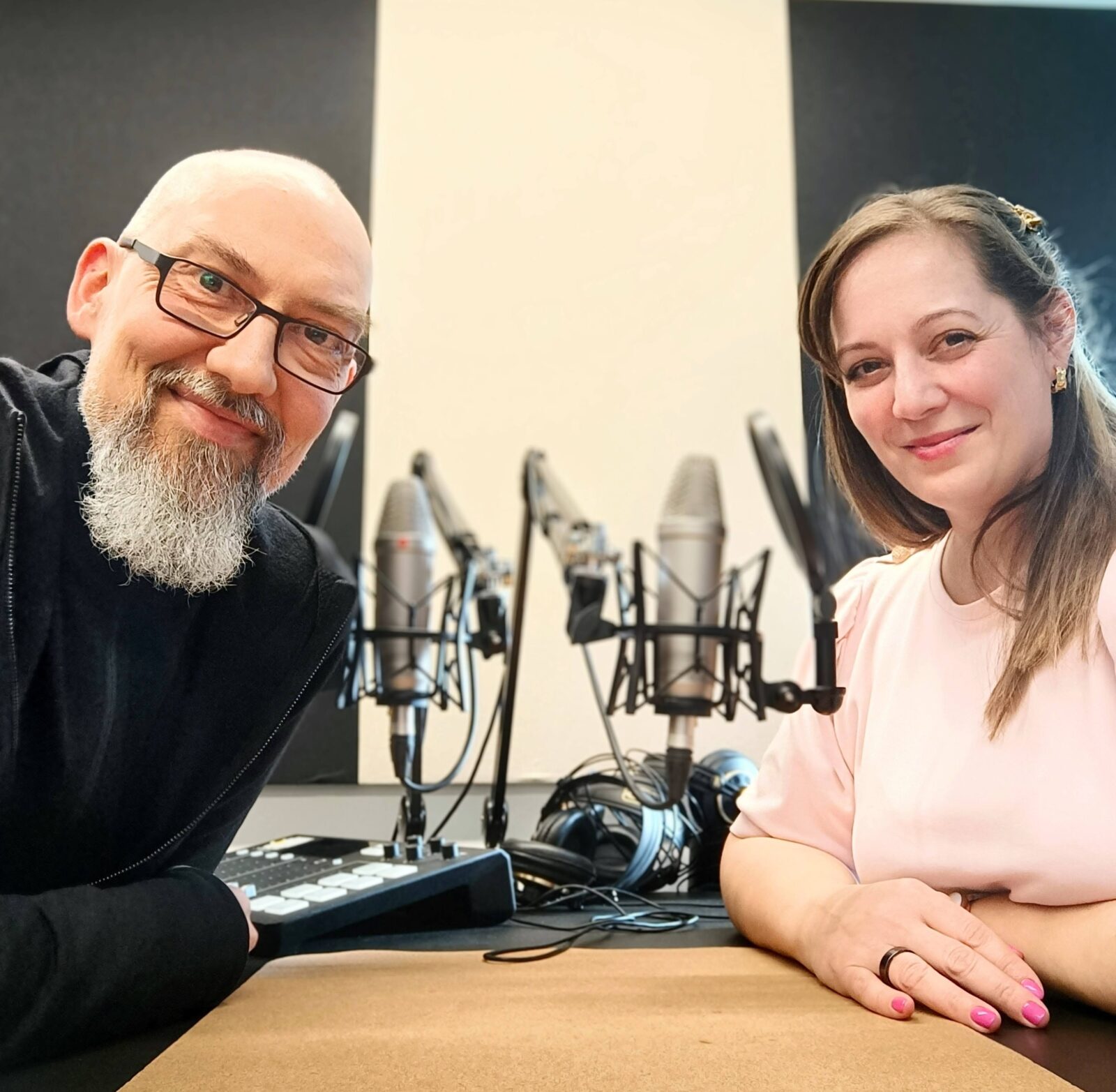

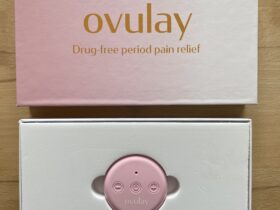


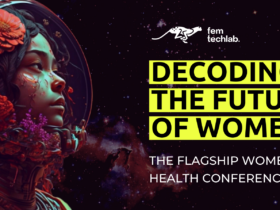




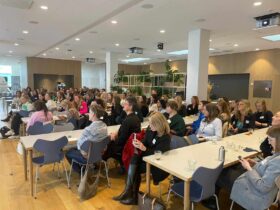

Follow us on social media